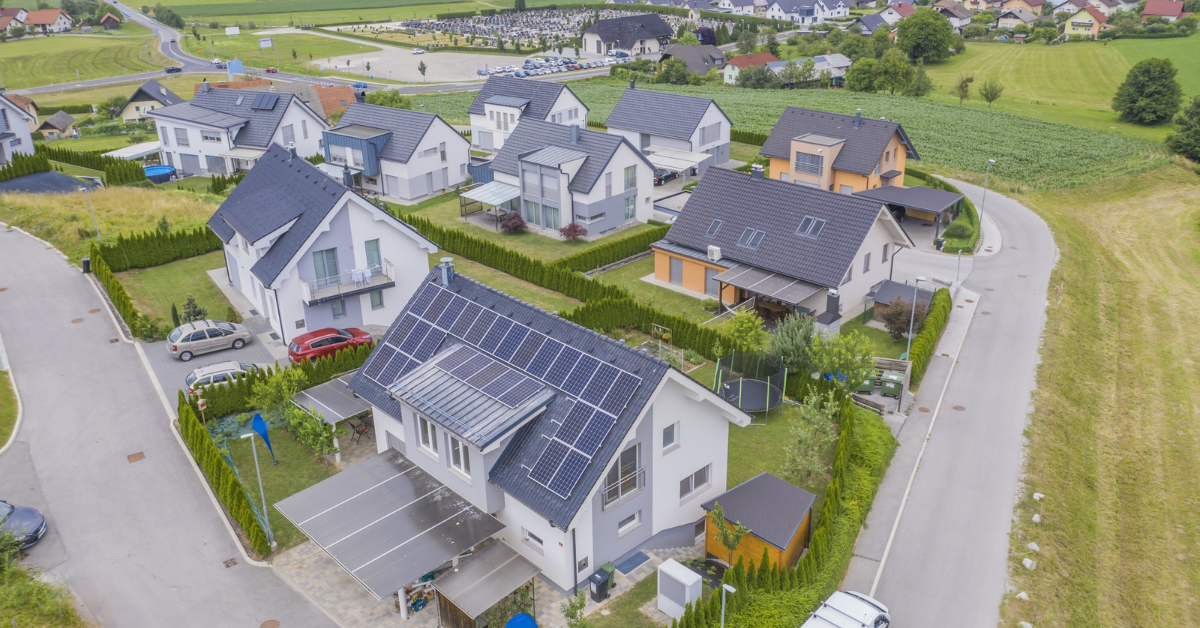The Residential Solar Tax Credit Deadline
Time is running out for homeowners to take full advantage of the federal residential solar installation incentive. The 30 percent Residential Solar Tax Credit is set to expire on December 31, 2025. This federal program has helped thousands of homeowners save significantly on clean energy systems, but it won’t last forever.
To be eligible, your system doesn’t have to be fully installed by the end of 2025. Instead, you must have signed a contract, made a payment, and begun the installation process before the deadline. Even if your system goes live in early 2026, you can still qualify, as long as those key steps were completed beforehand.
With just over a year left, delays could cost you thousands in missed tax benefits. Acting now is more than smart, it is essential. Rocknoll Energy Systems encourages homeowners to avoid the last-minute rush and lock in their savings early.
Table of Contents
- What Qualifies for the 30 Percent Credit
- Real Savings from Residential Solar Installation
- Why Now Is the Best Time to Act
- Don’t Miss This Opportunity
- FAQs About the Solar Tax Credit
What Qualifies for the 30 Percent Credit
The tax credit does not only apply to solar panels. It also includes several other important parts of your solar installation. This includes the solar panels themselves, battery storage systems tied to solar, inverters, racking, wiring, and all necessary labor and permitting expenses.
To qualify, you must own the system, not lease it, and you must be a homeowner. Renters are not eligible under current rules. Battery storage systems must have a capacity of at least 3 kWh to be eligible.
If you’re unsure whether your planned system meets the requirements, Rocknoll Energy Systems offers detailed consultations to walk you through the process. Our experts will help ensure you’re compliant with federal standards so you don’t miss out on the full value of the incentive.
Real Savings from Residential Solar Installation
For homeowners in Florida, the average residential solar installation costs around $28,000 to $32,000 before tax benefits. With the 30 percent federal credit, this translates to a savings of $9,000 to $14,000, money that stays in your pocket instead of going to your utility company.
Beyond the tax break, homeowners often see lower electricity bills immediately after installation. Your solar system begins paying for itself on day one. And with electricity rates steadily rising, that’s savings that only grows year over year.
Typically, the payback period for a solar system with the tax credit is around 8 to 10 years. Without the credit, this stretches to 15 to 20 years or more. That’s a big shift in return on investment. On top of that, solar-equipped homes often sell for more, making it a smart move whether you plan to stay or sell.
Why Now Is the Best Time to Act
Waiting until the final months of 2025 could be a mistake. Solar companies will likely face a surge in demand. That means longer wait times for site visits, delayed permits, and slower installation schedules. It also increases the risk of rising equipment costs as supply becomes tight.
Unfortunately, many low-cost installers tend to overbook when demand spikes. They may cut corners on materials or fail to deliver on time, putting your tax credit eligibility in jeopardy. These issues become more common when homeowners wait until the last minute.
Choosing a reputable local company like Rocknoll Energy Systems gives you confidence that your project will start on time. We stand behind every job we do and will make sure your paperwork, installation, and deadlines are all handled correctly. We also provide performance guarantees so there are no surprises.
By taking action now, you avoid the crowd, get the best equipment choices, and enjoy peace of mind knowing your investment is safe.
Don’t Miss This Opportunity
If you’ve been thinking about solar, now is the time to act. The current 30 percent Residential Solar Tax Credit ends in December 2025, and once it’s gone, so are the thousands of dollars in potential savings.
The average homeowner stands to save $9,000 to $14,000, shorten the payback time of their system, and reduce or eliminate their monthly utility bills. But waiting until late 2025 puts you at risk of missing the deadline altogether.
Rocknoll Energy Systems helps homeowners avoid delays by offering expert guidance, guaranteed timelines, and reliable solar installations. We use only quality materials and offer full-service support, from consultation to completion.
Don’t risk missing out. Secure your 30 percent savings before it’s too late. Start with a quick estimate using our Solar Savings Calculator and take the first step toward energy independence.
FAQs About the Solar Tax Credit
What if my installation isn’t finished by the deadline?
You can still qualify if you’ve signed a contract, made a payment, and started construction or installation before December 31, 2025. Completion in early 2026 is acceptable under these conditions.
How do I know if my system qualifies?
You must own your home and your solar equipment. The system must include eligible products such as photovoltaic panels, battery storage (3 kWh or more), and related hardware and labor.
Will solar leasing still offer savings after 2025?
Leasing may still reduce your monthly electric bills, but you won’t be eligible for the tax credit. Ownership is required to claim the federal incentive.
How do I claim the credit on my taxes?
After your system is installed and operational, you’ll file IRS Form 5695 when submitting your 2025 federal tax return. Always consult with a tax professional to ensure proper filing.

